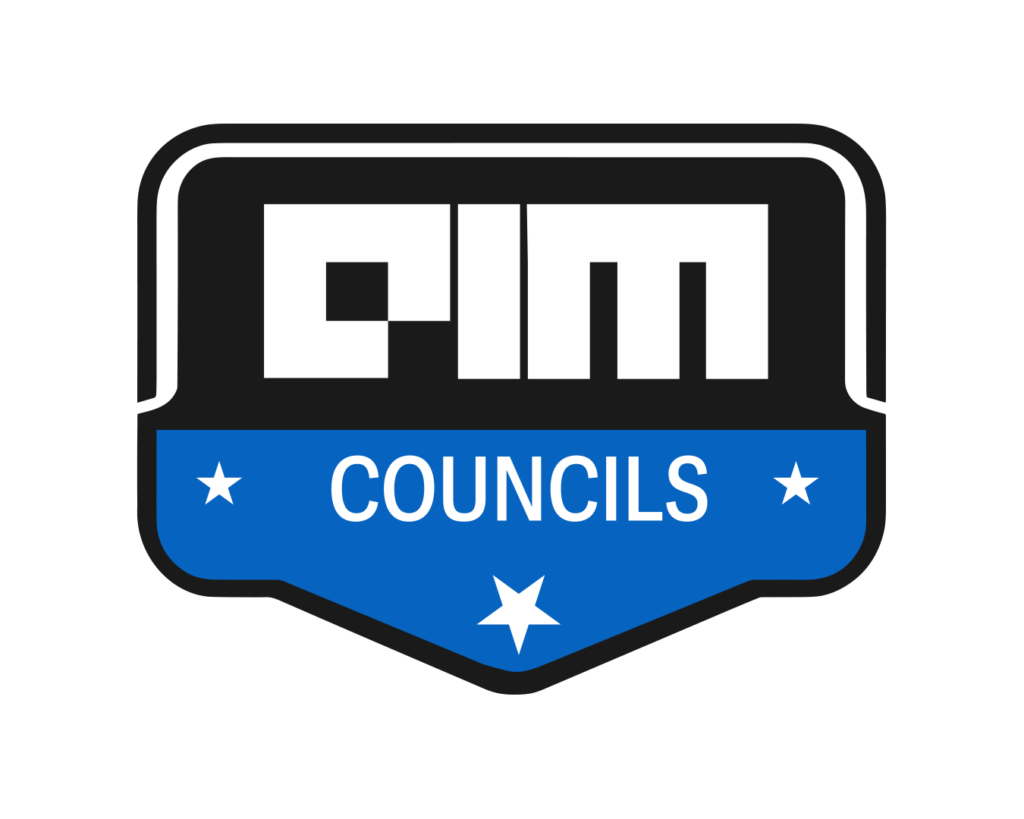A 2023 McKinsey Global AI study found that while AI adoption has doubled since 2017, only 55% of companies successfully embed AI into business processes despite significant investments in algorithms and models. The challenge isn’t technological—it’s integrating AI seamlessly into human workflows. The gap between AI’s potential and realized value stems from insufficient focus on user needs, workflow alignment, and adoption strategies.
This disconnect is too common across industries as organizations rush to implement AI solutions. The quiet revolution in AI isn’t about dazzling breakthroughs but enhancing everyday decision-making at scale. Success depends less on algorithmic precision and more on how effectively AI augments human workflows.
Solving Real Problems: The Foundation of AI Success
The most successful AI implementations begin not with the technology but with a deep understanding of user pain points. According to Boston Consulting Group, 74% of companies struggle to achieve and scale value. According to a survey they conducted, among the challenges companies face when implementing AI initiatives, around 70% relate to people and processes, 20% to broader technology challenges, and only 10% to issues with AI algorithms themselves.. The key factors that influence the success of projects include identifying and solving real problems, workflow optimization and process-related improvements,
Solution: Start with user research and identify high-impact use cases and decision points where AI can reduce friction or enhance capabilities. For example, by automating just one complex workflow, and improving the productivity by 20-30%, which is realistic with a small pilot, can be a launch pad to drive broader transformation within the organization.
As the Harvard Business Review emphasizes, the technology should feel less like a new tool and more like an enhancement of existing tools—a distinction that dramatically impacts adoption.
The Adoption Paradox: Why Better Isn’t Always Better
Many technical teams continue to prioritize algorithm precision over usability and adoption. A counterintuitive lesson from successful AI implementations is that the most accurate solution isn’t necessarily the most adopted one. In fact, technical excellence can sometimes work against adoption when it comes at the expense of usability, transparency, or alignment with existing workflows.
Consider the following dynamics that often govern AI adoption:
Trust often outweighs precision: Users are more likely to adopt a system they understand and trust, even if it’s 85% accurate, than one they can’t interpret, even at 95% accuracy. This is particularly true in decision-sensitive contexts where users bear accountability for outcomes. Research from the AI Now Institute confirms that transparency significantly impacts user trust and willingness to incorporate AI recommendations into decision processes.
Incremental integration often outperforms disruptive change. AI solutions that begin by enhancing specific decision points within existing workflows—rather than replacing entire processes—tend to gain traction more quickly. This incremental approach allows users to build confidence in the technology while preserving their agency. A Stanford HAI study on human-AI interaction found that systems designed for collaboration rather than replacement showed adoption rates nearly double those of fully automated solutions.
Feedback mechanisms accelerate adoption. Systems that explain recommendations and capture user feedback create a virtuous cycle of improvement. When users understand why the AI made a particular suggestion and can provide input, their confidence in the system grows alongside system performance.
The adoption paradox suggests that product leaders should consider rebalancing resources from pure algorithm development toward user experience, integration, and change management. A slightly less sophisticated algorithm that users enthusiastically adopt will create far more value than a technically superior one that sits unused.
From Experimental to Production Mindset
The transition from AI experimentation to production requires a fundamental shift in how organizations approach development and deployment. Here are practical strategies to facilitate this transition:
1. Design for the entire decision journey
Start by mapping the full decision journey. Only then can you determine where AI provides real value. Identify specific moments where AI can reduce cognitive load, surface relevant information, or provide decision support. This targeted approach ensures the technology enhances rather than disrupts established workflows.
UCSD healthcare system successfully implemented this approach by mapping the clinical decision journey for sepsis treatment. Rather than creating a comprehensive diagnostic AI, they focused on surfacing early warning indicators within the electronic health record that clinicians might miss during busy shifts. According to a study published in the January 2024 online edition of npj Digital Medicine, this targeted approach resulted in a 17% reduction in sepsis mortality and 87% adoption among clinical staff, clear evidence of the power of focused AI integration at UC San Diego Health, 2024. This narrow focus on specific decision points within the existing clinical workflow proved more effective than attempting to automate the entire diagnostic process.
2. Measure what matters: Focus on adoption, not just accuracy
Establish metrics that reflect real-world impact rather than technical performance alone. Beyond accuracy and precision, track adoption rates, frequency of use, and whether the AI influences decisions. These metrics provide a more holistic view of whether the AI is creating actual value.
For example, Walmart, one of the world’s largest retailers, implemented an AI-powered inventory management system that focuses on business impact rather than just technical performance. According to a recent Gartner case study, Walmart’s approach reduced stockouts by 30% while simultaneously decreasing inventory carrying costs by 14%. This strategic shift in metrics aligned technical development with business objectives and created clearer success criteria for the AI implementation team.
3. Build continuous feedback loops
Implement mechanisms to capture user feedback and monitor how the AI performs in production. This information is invaluable for refining both the technology and the integration.
According to a VKTR case study, a manufacturing company implemented predictive maintenance integrated simple thumbs up/down buttons into their AI recommendations. This allowed maintenance technicians to provide immediate feedback on the usefulness of alerts.This not only improved the algorithm but also fostered a sense of collaboration among technicians, dramatically increasing adoption.
4. Focus on implementation, not just innovation
Allocate resources to change management, training, and integration. The most sophisticated AI will fail without proper implementation support. Product leaders should consider involvement from stakeholders beyond technical teams, including training, operations, and frontline managers who influence adoption. Deloitte’s State of AI in the Enterprise survey found that companies allocating at least 25% of AI project resources to change management reported success rates nearly three times higher than those focusing predominantly on technology development.
A financial services firm launching an AI-based fraud detection system dedicated 40% of their project resources to implementation activities, including comprehensive documentation, multiple training formats, and ongoing support channels. Though it meant fewer resources for algorithm development, the result was 94% adoption within three months, which is much higher than industry norms.
Small Nudges, Large-Scale Impact
The true potential of AI lies not in headline-grabbing demonstrations but in its ability to subtly improve thousands of small decisions made daily across organizations. This large scale impact happens when AI becomes so integrated into workflows that users barely notice its presence, yet outcomes steadily improve. According to a McKinsey report published in June 2023, companies that implement AI in ways that complement existing workflows rather than disrupting them saw productivity improvements of 20-40%, compared to just 5-10% for those deploying standalone AI solutions.
Consider how navigation apps have transformed our daily commutes. Most users don’t think about the sophisticated algorithms calculating optimal routes based on real-time traffic data, historical patterns, construction information, and countless other variables. They simply follow the blue line and arrive at their destination more efficiently. The technology succeeded by solving a real problem (finding the best route) while integrating seamlessly into the activity (driving).
In organizational contexts, this same principle applies. The most successful AI implementations aren’t those that dazzle with technical sophistication but those that gradually reshape decision-making patterns by providing subtle, contextual guidance at scale.
From Technical Feature to Business Transformation
As AI continues to mature, the competitive advantage will shift from technical implementation to thoughtful integration. Organizations that excel at weaving AI into everyday decisions—making it accessible, trustworthy, and aligned with user needs—will outperform those focused solely on algorithm development. According to PwC’s Global AI Study, companies taking this integration-focused approach realized 6% higher returns from their AI investments compared to those prioritizing technical sophistication.
For product leaders, this means evolving beyond traditional feature-focused development toward a holistic approach that considers user psychology, workflow integration, and organizational change. The question shifts from “What can we build with AI?” to “How can we enhance decision quality and efficiency throughout our organization?”
The quiet revolution in AI isn’t about replacement or disruption—it’s about enhancement and augmentation at scale. By focusing on user problems, prioritizing adoption over technical perfection, and transitioning from experimentation to implementation, product leaders can guide their organizations toward sustainable AI success, as outlined in the World Economic Forum’s guidelines for responsible AI implementation.
What decisions in your organization could benefit from subtle, AI-powered enhancement? The answer might reveal opportunities for transformation that go far beyond the typical AI showcase project. The most powerful AI revolution may be the one your users hardly notice happening.







